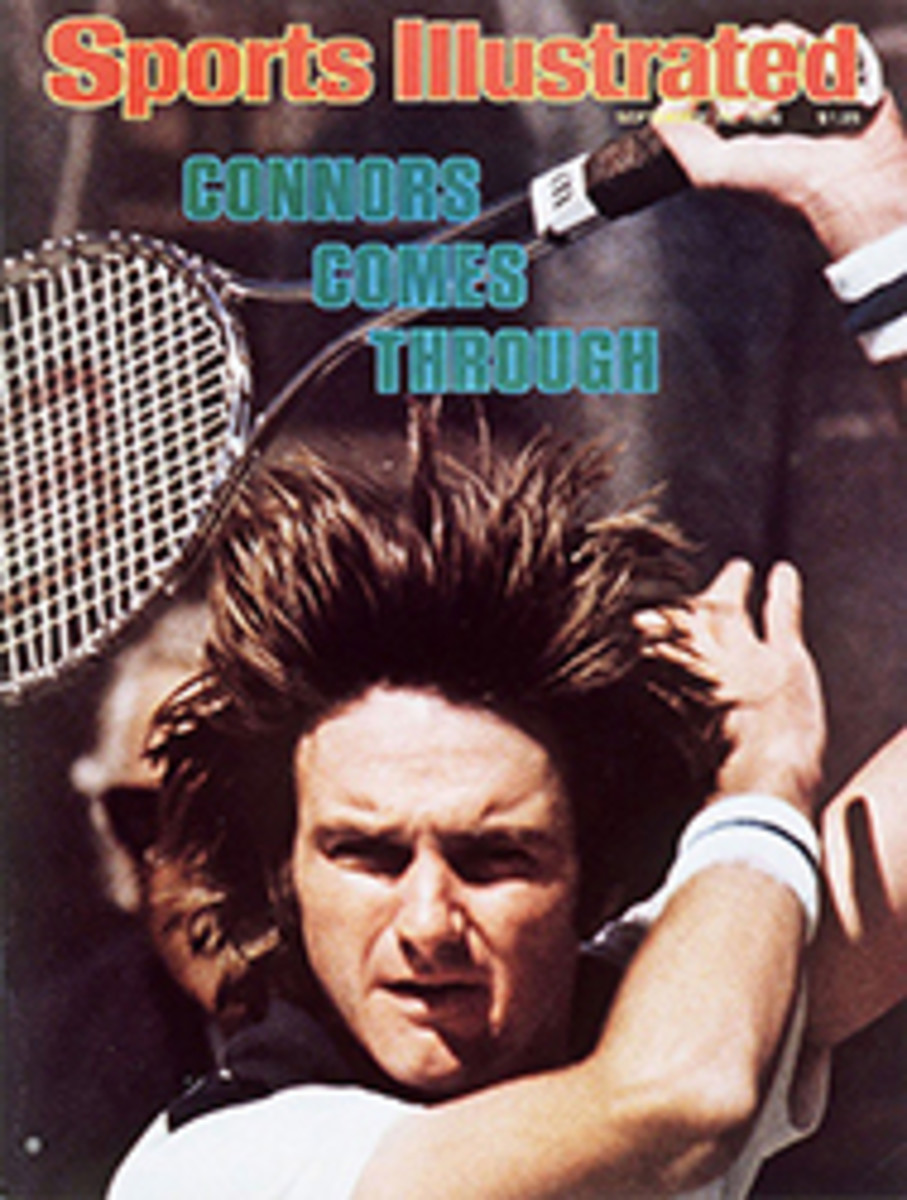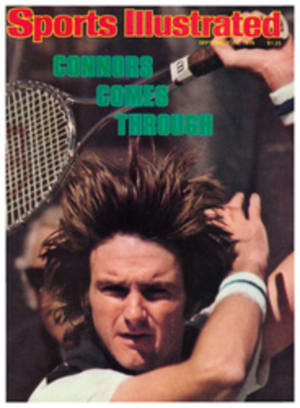
MAKING ANOTHER KIND OF PITCH
At first glance the subjects looked easy, the sort of gut courses that college students dream about. USC undergraduate Tom Seaver, already gainfully employed as a major league pitcher, needed 18 more credits for his B.S. degree. A professor lined them up: for geology, Seaver would test the soils in National League infields; for geography, he would trace the spread of baseball around the world; and for a final journalism paper, he would analyze how local television and radio stations covered the game. That was in 1971, and this is to report that Seaver not only got his diploma, but he has also parlayed his studies, plus what broadcasters call his recognition factor, into a second career as a sportscaster.
As it turned out, the courses were tougher than they sounded. Seaver's geography paper followed baseball from country to country, and for geology, he worked closely with an engineering firm to determine the compression ratios and permeability of every infield in the league.
For his journalism paper, Seaver drafted a 15-part questionnaire and sent one to every team broadcaster. He found out who employed each one, whether or not the club or station exerted any pressure on what he said on the air, and if the sportscaster felt that he was, or could be, objective. In his report, Seaver concluded that the local broadcasters were not objective and, further, they didn't try to be. Baseball was entertainment, not news, and as Bob Prince, then the play-by-play man for Pittsburgh, told Seaver, fans would run him out of town if he didn't pull for the Pirates.
Whatever lessons he might have learned from geology and geography, it is clear that the time Seaver spent on journalistic research wasn't wasted. When his pitching career is ended, Seaver will be able to make an easier transition into broadcasting than most former athletes. He first took a shot at broadcasting with a 13-week stint on New York's WCBS weekend news in 1975. Since then, the slot has been occupied by Jim Bouton and is currently held by a former Seaver teammate on the Mets, Ron Swoboda.
"I wanted to learn, so I insisted on writing my own script," Seaver says. "On my first day, I had a Jets highlight film showing six plays in 55 seconds. I wrote the script to fit the six plays—and I went on the air. I was finishing my description of the fourth play and I looked up to see myself in the monitor. The film had already ended. All I could do was finish reading it. Things improved after that."
Well, they improved a bit. Seaver advanced to CBS Sports. He worked two network golf tournaments as an announcer—but in four days he got on camera only twice. It took the 1976 National League playoffs, for which he did the color commentary for ABC, to make Tom Seaver, the broadcaster, into something of a household name. The next season ABC carried the World Series, and Seaver was in the booth with Keith Jackson and Howard Cosell. "I don't consider myself an entertainer or a comedian," Seaver says, "and I don't like making fun of the game with one-liners. I want people who may not watch baseball except during the World Series to understand and enjoy the game."
Yankees and Dodgers: two outs and a Yankee runner on second with speedy Mickey Rivers at bat. Ron Cey, the Dodger third baseman, was standing behind the base, which prompted Cosell to say that he should be playing in for the bunt. But with two away, Rivers wasn't bunting; Seaver knew it and he spoke up. Cey was playing Rivers correctly, he said. "If I didn't say anything," Seaver says, "I'd have embarrassed myself."
Last November, Seaver took another step up in broadcasting by becoming the host of Greatest Sports Legends, a syndicated program now in its sixth season. On the 30-minute show he intersperses interviews with old film clips. This year's guests have included Ted Williams, Gordie Howe, Bob Hayes and Johnny Longden. "My job is to make sure that what each athlete is saying can be understood by someone who doesn't know about that sport," says Seaver. "In a way, I am a coordinator and a guide and I have to make the person feel at ease." For the most part, Seaver succeeds. He did well enough to be asked to host the show again, and already he is helping to plan next year's schedule when Frank Robinson, Arnold Palmer and Pete Rose, among others, will appear.
There was a time last season when Seaver was supposed to put his subjects at ease by participating in their sports, i.e., ice skating with Howe or appearing on horseback with Longden. Happily, that hambone touch was abandoned. When Seaver recently taped an interview with Kelso, the 21-year-old gelding who is the country's alltime money winner, Seaver didn't have to show up in saddle and blinkers to chat with the horse. He talked instead to Mrs. Richard C. duPont, Kelso's owner, the questions coming from 12 pages of research worked up by a production team. Otherwise, says Seaver, "I'd have needed Mr. Ed to translate."
The Kelso show was completed on one of Cincinnati's off days. "It was a great break from the season," says Seaver, who currently has a 13-14 record.
Despite the many television hours already consumed by sports, stations serving 70% of the country's sets carry Greatest Sports Legends. Alan Lubell, the distributor, says, "In two years who will remember who played in the NBA finals last June? But the legends stand out. Who can forget Ted Williams?" If the program lasts another 10 years, Legends may want to do the obvious show. But how can Seaver interview Seaver?
PHOTO
IN THE BOOTH OR ON THE MOUND, SEAVER HAS GOOD STUFF

